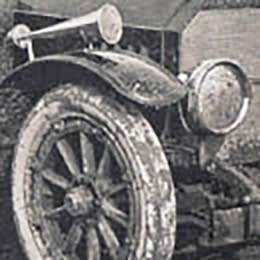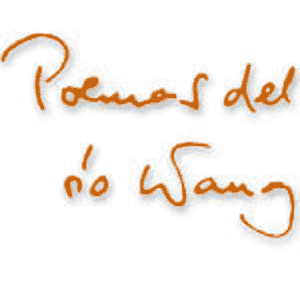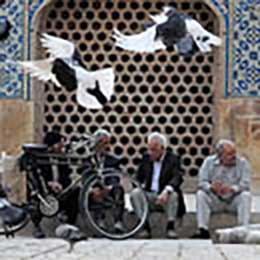

The universal character of WWII is shown among others by the fact that this was the first war in which the warring parties saw the need to prepare well in advance a large number of special dictionaries for the conversation with the enemy soldiers and with the civilian population in the territories to be occupied. We have already written about the
Estonian-Russian military dictionary of 1940, the Russian-German military dictionaries of 1941 made
by the Soviets for the occupation of Germany and
by the Germans for the occupation of the Soviet Union, as well as the
Russian primer made for German soldiers in 1942, and we will also soon write about the dictionary of the Soviet-Finn war of 1940 and even the Hungarian conversation manual distributed in the American army in 1943.
That the importance of the conversation with the enemy became well ingrained in public awareness, is well shown in this postcard by the leading Soviet cartoonist
Genrikh Valk (1918-1998), illustrator of the magazine
Krokodil and of the popular books of adventures of little
Neznaika. This card probably belonged to a series made in 1955. The discarded munitions attest the proximity of the war, while the facial expressions the strong impact of Soviet war films.
I have caught a “language”, but she is not yet able to talk.
Publicado por Studiolum on 2011-04-03 09:19

























































































Add comment